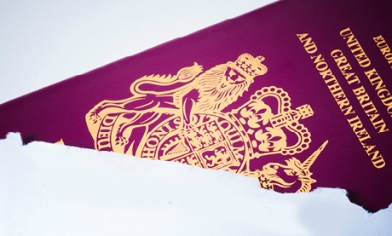What is car tax?
Car tax, officially known as Vehicle Excise Duty (VED), is a legal requirement for most vehicles on UK roads. It’s a tax you pay to the government for owning or driving a vehicle. The amount depends on factors such as:
- CO2 emissions of your car
- Fuel type
- Vehicle age
If you drive an electric or low-emission car, your tax could be much lower, or even free. On the other hand, older or less efficient cars usually cost more to tax.
Why is car tax important?
Car tax helps funds things like road maintenance, transport projects and environmental initiatives. It’s also a way for the government to encourage greener driving by charging less for cleaner cars. If you forget to pay your car tax, you could face fines, penalties or even have your car clamped.
Keeping your car tax up to date is the easiest way you avoid these issues and stay safe on the road.
How do you tax your car?
Taxing your car in the UK is simple, and you can do it online, by phone or at Here’s how:
1. Get your documents ready
You’ll need either your vehicle logbook (V5C) or a recent reminder letter (V11) from the DVLA. If you've just bought the car, you can use the green "new keeper" slip from the V5C.
2. Choose how to pay
You can pay the car tax in one go for the full year, every six months or monthly via Direct Debit. Just remember that paying monthly or every six months usually costs a little more.
3. Go online, call or visit
- Online: Visit the official GOV.UK vehicle tax website and follow the instructions
- By phone: Call the DVLA on the number provided on your reminder or logbook
- At your local Post Office branch: Take your documents to a participating branch. This is a good option if you prefer handling things face-to-face. Use our branch finder to find one near you that offers the service
Once completed, you’ll receive confirmation immediately for online or phone payments.















